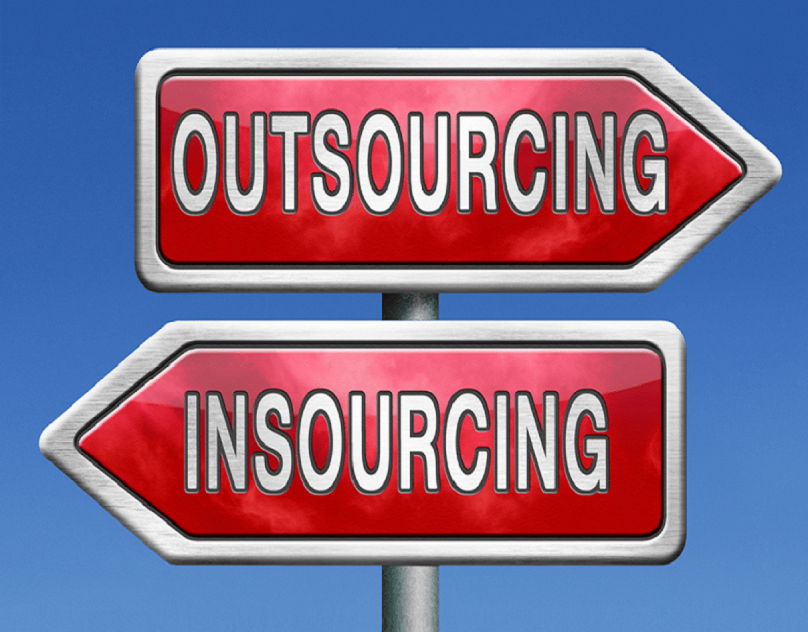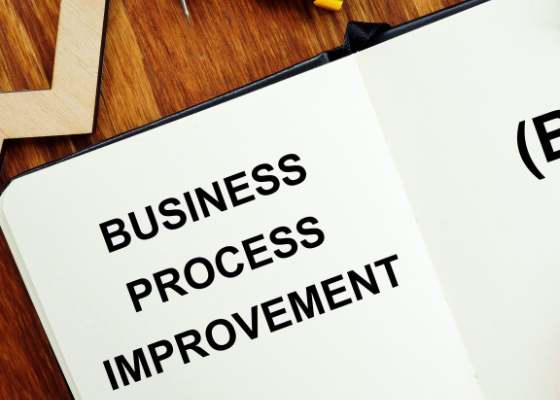Starting a new business is an exciting journey filled with dreams, plans, and aspirations. However, one of the most critical steps you need to take before diving into the entrepreneurial waters is validating your business idea. Validation not only helps ensure that your idea has potential in the market but also saves you time and resources before you invest heavily. Here’s a simple guide to help you validate your business idea effectively.
What is Business Idea Validation?
Business idea validation is the process of testing the feasibility and market demand for your business concept. It allows you to gather essential feedback from potential customers and make informed decisions on how to proceed with your idea. By validating your idea, you can identify strengths, weaknesses, and unforeseen challenges.
Steps to Validate Your Business Idea
- Conduct Market Research
Start by researching your market and industry. Identify who your target audience is and what their needs are. Look at existing competitors and analyze their strengths and weaknesses. Tools like Google Trends, industry reports, and surveys can help paint a clearer picture of your market landscape.
- Define Your Value Proposition
Clearly articulate what makes your business unique and how it will meet the needs of your customers. Ask yourself: What problem does your product or service solve? Why would customers choose you over competitors? Your value proposition is the foundation of your business, and articulating it will make validation much easier.
- Create a Minimum Viable Product (MVP)
Instead of launching a fully developed product, create a Minimum Viable Product (MVP) that includes just enough features to satisfy early adopters. This approach allows you to gather feedback from real users without overcommitting resources.
- Gather Feedback
Reach out to your target audience and offer them your MVP for free or at a reduced price in exchange for their honest feedback. Use surveys, interviews, and focus groups to gain insights into what users think about your product. Be open to criticism; it’s a valuable part of the validation process.
- Analyze User Data
Once you have collected feedback, analyze the data to identify trends, preferences, and pain points. Look for common themes in users’ responses that can help you understand how well your idea resonates with them.
- Make Necessary Adjustments
Based on the feedback, make adjustments to your business model, product, or marketing strategy. Validation is iterative, and it may take several rounds of feedback and changes to refine your idea fully.
- Test the Market
If your MVP shows positive signs, consider conducting a pilot test or launching a crowdfunding campaign. This can provide additional validation through actual sales and engagement from customers, indicating that there’s demand for your product.
CONCLUSION
Validating your business idea is a crucial step that can spare you from potential pitfalls and improve your chances of success. Through thorough research, defining your value proposition, creating an MVP, and gathering feedback, you can build a strong foundation for your business. Remember, the goal is to learn as much as you can before making significant investments. A validated idea can lead to entrepreneurial success, so take the time to do it right.








